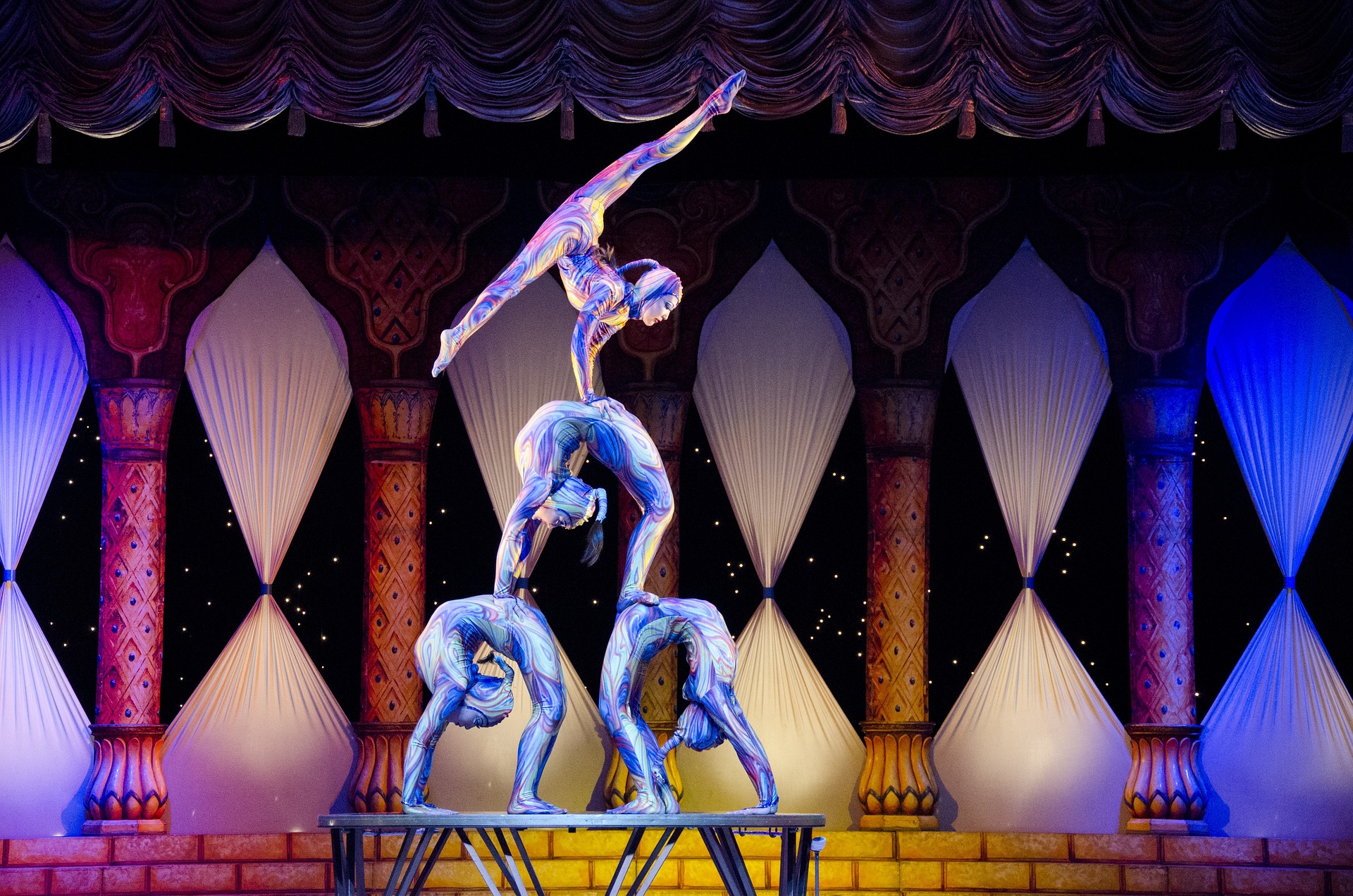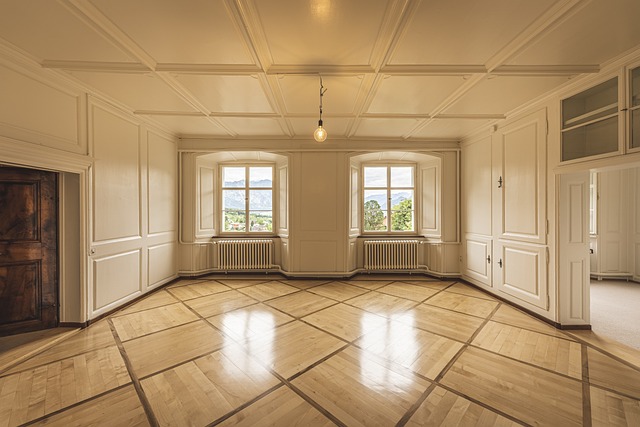From Canvas to Screen: The Influences of Fine Art in Modern Cinema
Introduction: Immerse yourself in the captivating world of visual storytelling as we delve into how fine art and cinematic narratives intertwine. This discourse explores how filmmakers use the language of fine art to create compelling on-screen visuals.

The Confluence of Art and Film
Cinema, being a visual medium, borrows significantly from other visual arts, most notably, fine art. From the earliest days of cinema, directors have looked to paintings for inspiration. Not just in terms of composition and lighting, but also to convey moods, stories, and character depth. Turn-of-the-century painters like Edward Hopper and Johannes Vermeer have significantly influenced the visual language of modern cinema.
Historical Context: The Artful Influence in Cinema
The nexus between fine art and film dates back to the early 20th century. Some of the earliest films were inspired by the works of artists like Thomas Gainsborough and Georges Seurat. The trend continued and grew stronger with time. In the 1960s and 70s, directors like Stanley Kubrick and Andrei Tarkovsky drew heavily from fine art to create their cinematic masterpieces. The trend continues today with directors like Wes Anderson and Christopher Nolan often citing fine art as a major influence in their work.
Current Developments: A Modern Renaissance
The acceptance and exploration of fine art in cinema have flourished in the 21st century. Films like “The Grand Budapest Hotel” and “Inception” have showcased how fine art can be used to enhance visual storytelling. Contemporary directors are increasingly using the aesthetics of fine art to create unique cinematic experiences. This has led to a modern cinematic renaissance, where the boundaries between fine art and film are being blurred.
The Impact: Cinematic Canvas
The influence of fine art in cinema has had a profound impact on the industry. It has led to a distinct cinematic language that uses visual cues to tell stories and evoke emotions. This has resulted in films that are not just entertaining but are also visually stunning works of art. The audience’s reception to such films has been overwhelmingly positive, leading to an increased interest in fine art.
The Future: A Canvas of Possibilities
The future of fine art in cinema looks promising. With advancements in technology, filmmakers now have more tools at their disposal to incorporate elements of fine art into their films. This can lead to more visually stunning films that continue to push the boundaries of what’s possible in cinema. At the same time, it can also lead to a greater appreciation of fine art among the general public.
In conclusion, the interplay between fine art and cinema is a fascinating area of study. It offers a new perspective on films and highlights how different art forms can influence and enhance each other. The continued exploration of fine art in cinema promises a future of visually stunning and narratively rich films.




